It had a bumpy 2005 but Mills Group is determined to rise higher up the Top 50, says Rod Addy
He’s also aiming to improve store standards through a rigorous staff training programme catering for everyone from shopfloor staff to head office managers.
Mills is hoping that things will pick up this year after a rough 2005. Ranked at number 16 in The Grocer’s Top 50 listings last year, the independent has forecast a 5.6% drop in sales in the year to January 31, from £55.8m to £52.7m.
In addition, the 80-store chain has had to contend with sharply rising business costs, like every other independent. “We have been hit by a series of operating cost increases, including rocketing insurance premiums and massive hikes in off-licence fees,” says MD Nigel Mills.
Sales were hit especially hard when the Post Office lost benefit payments in April, with 40% of Mills Group’s income coming from the sub-post offices in most of its stores.
But is Mills gloomy? Far from it. This year, the chain celebrates its 20th anniversary and Mills is taking the opportunity to reappraise the business’s strategy as well as capitalise on its many strengths.
Although overall sales are down, grocery and non-food sales have grown for the first time in six years and there have been strong performances in traditional product areas. Annual sales of National Lottery Instants, for example, are up 22% against an industry average of just 10% and margin made on PayPoint and Payzone transactions soared by 55%.
When the going gets tough, the tough get innovative, Mills says: “We will introduce new interiors, a new era of supplier relations, new product ranges and new livery this year.”
He wants to see the Tyne and Wear-based retailer gain a top 10 position in The Grocer’s Top 50 list in three years. He is also gunning for double-digit growth in frozen, chilled, ambient, non food, soft drinks and
alcohol this year. That’s despite a net decrease in store numbers to 76.
Mills’ confidence comes partly from turning to market research company HIM for advice on how to improve customer service and merchandising.
A survey of Mills Group shoppers revealed that speed of service and availability had slipped. The magazine fixture was the worst affected by lost purchases, although weekly customer spend on magazines per store is still more than three times that in the average convenience store.
Through HIM’s work, Mills Group has been able to identify the core product categories it needs to focus
on and design planograms to boost its performance.
They will be tailored to three store models that the group wants to implement across half its estate this year, costing up to £300,000 per store.
Categories targeted for an overhaul include staples such as bread and milk, where Mills believes annual sales can be boosted by as much as £2.8m.
Trial planograms in chilled food, frozen food and beers, wines and spirits have already paid dividends, he says. “Our strategy will be to understand our product range better and tighten up the last five yards from the back to the front of the store.”
The chain is working closely with manufacturers such as Unilever and P&G through “triangulation meetings” between buyers, suppliers and retailers to apply HIM’s findings. Wholesaler Youngs is also fully supporting the work, says Mills.
Initial results from trial planograms in areas such as petfood, medicines and cereals are encouraging and they are supported by a host of strong cross-category promotional offers. This activity will help address customers’ needs, but Mills is aware that more is required than just improving the product offer. He also plans to invest £5m in head office communications and retail software over the next five years.
Customer focus groups have been established to evaluate how well stores are meeting shoppers’ expectations. Gaining insights into what the convenience shopper really wants is key, he says. “We will continue to invest in market research to better understand our customer needs.”
The challenge will be to implement change quickly enough to counter the many threats on the horizon.
He’s also aiming to improve store standards through a rigorous staff training programme catering for everyone from shopfloor staff to head office managers.
Mills is hoping that things will pick up this year after a rough 2005. Ranked at number 16 in The Grocer’s Top 50 listings last year, the independent has forecast a 5.6% drop in sales in the year to January 31, from £55.8m to £52.7m.
In addition, the 80-store chain has had to contend with sharply rising business costs, like every other independent. “We have been hit by a series of operating cost increases, including rocketing insurance premiums and massive hikes in off-licence fees,” says MD Nigel Mills.
Sales were hit especially hard when the Post Office lost benefit payments in April, with 40% of Mills Group’s income coming from the sub-post offices in most of its stores.
But is Mills gloomy? Far from it. This year, the chain celebrates its 20th anniversary and Mills is taking the opportunity to reappraise the business’s strategy as well as capitalise on its many strengths.
Although overall sales are down, grocery and non-food sales have grown for the first time in six years and there have been strong performances in traditional product areas. Annual sales of National Lottery Instants, for example, are up 22% against an industry average of just 10% and margin made on PayPoint and Payzone transactions soared by 55%.
When the going gets tough, the tough get innovative, Mills says: “We will introduce new interiors, a new era of supplier relations, new product ranges and new livery this year.”
He wants to see the Tyne and Wear-based retailer gain a top 10 position in The Grocer’s Top 50 list in three years. He is also gunning for double-digit growth in frozen, chilled, ambient, non food, soft drinks and
alcohol this year. That’s despite a net decrease in store numbers to 76.
Mills’ confidence comes partly from turning to market research company HIM for advice on how to improve customer service and merchandising.
A survey of Mills Group shoppers revealed that speed of service and availability had slipped. The magazine fixture was the worst affected by lost purchases, although weekly customer spend on magazines per store is still more than three times that in the average convenience store.
Through HIM’s work, Mills Group has been able to identify the core product categories it needs to focus
on and design planograms to boost its performance.
They will be tailored to three store models that the group wants to implement across half its estate this year, costing up to £300,000 per store.
Categories targeted for an overhaul include staples such as bread and milk, where Mills believes annual sales can be boosted by as much as £2.8m.
Trial planograms in chilled food, frozen food and beers, wines and spirits have already paid dividends, he says. “Our strategy will be to understand our product range better and tighten up the last five yards from the back to the front of the store.”
The chain is working closely with manufacturers such as Unilever and P&G through “triangulation meetings” between buyers, suppliers and retailers to apply HIM’s findings. Wholesaler Youngs is also fully supporting the work, says Mills.
Initial results from trial planograms in areas such as petfood, medicines and cereals are encouraging and they are supported by a host of strong cross-category promotional offers. This activity will help address customers’ needs, but Mills is aware that more is required than just improving the product offer. He also plans to invest £5m in head office communications and retail software over the next five years.
Customer focus groups have been established to evaluate how well stores are meeting shoppers’ expectations. Gaining insights into what the convenience shopper really wants is key, he says. “We will continue to invest in market research to better understand our customer needs.”
The challenge will be to implement change quickly enough to counter the many threats on the horizon.


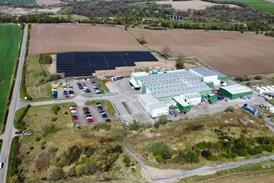
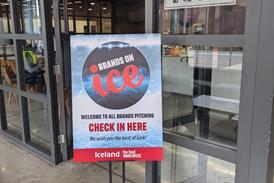
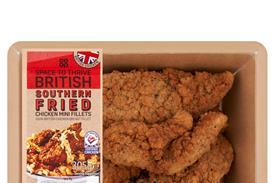



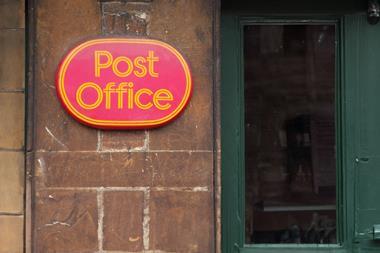

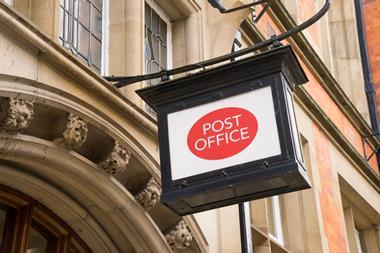
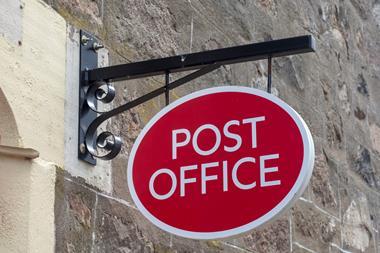
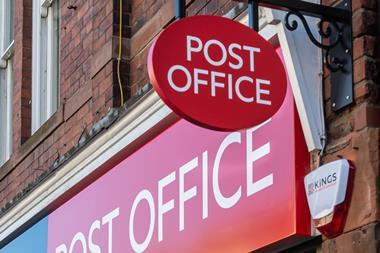

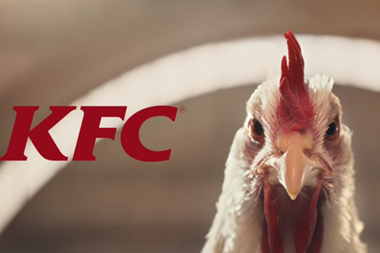



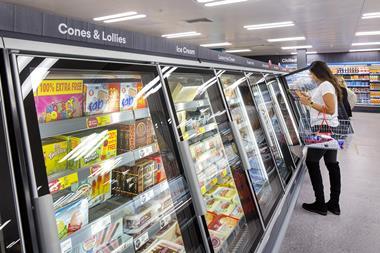
No comments yet